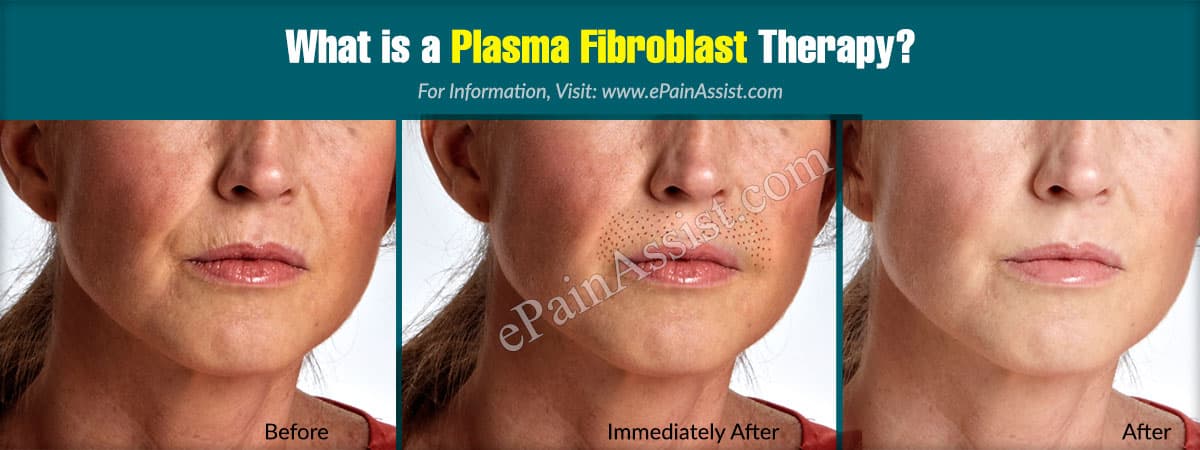What is a Plasma Fibroblast Therapy?
Plasma fibroblast therapy is a skin-enhancing and tightening procedure. It is an alternative to laser, injection and other surgical procedures.
Plasma fibroblast therapy targets the fibroblasts, the collagen, and protein-producing cells in the dermis (the layer just below the outermost skin layer).
The role of fibroblast is to play an important role in healing the skin wounds and maintaining skin firmness and tightness.

It uses a pen-like device that discharges a high-frequency electric current to a small area of the skin. The plasma tip does not touch the skin but instead releases a current just above the layer of the skin. This discharges current in small area of the skin’s layer.
The thermal disruption from plasma fibroblast therapy leads to:
- Break down of the protein in the skin
- Encourages tissue regeneration
- Stimulates fibroblast activity
- Causes tissue tightening
The plasma fibroblast therapy is also known as plasma skin resurfacing. The therapy is performed in a safe, controlled environment.
The plasma fibroblast therapy can:
- Improve the skin texture
- Lead to mild-to-moderate skin tightening effect
- Result in some degree of skin and facial contour change
The effects stimulate fibroblast production for up to 1 year after the treatment.(1) As it is a new procedure not many research have been done on the same.
A small study on plasma fibroblast therapies found that it brought about 37 percent reductions in facial wrinkling and 68 percent overall improvements in facial appearance.(2)
Procedure For Plasma Fibroblast Therapy
The procedure for plasma fibroblast therapy involves the following steps;
- First, the skin is cleaned and an anesthetic cream is applied. The cream takes 30 minutes to bring on the effect.
- The designated skin area is treated with a plasma pen. It creates small arcs of microcurrents that lead to small scab-like dots of the skin.
- The numbing cream is then removed and a cooling gel is applied to minimize the burning sensation.
- Plasma fibroblast therapy procedure takes 30-60 minutes to complete.
After the completion of the procedure, the scabs fall off after a week. Over a couple of weeks, as the skin heals, it appears firmer and tighter.
Mostly the people see the benefit from one treatment of plasma fibroblast therapy while the other may require three treatments before they see the result.
Benefits of Plasma Fibroblast Therapy
Plasma fibroblast therapy is a non-surgical treatment that is used to treat acne, photoaging include dark, age spots, seborrheic keratosis, and wrinkled skin of eyelids, neck, jawline, and above lips.
It is often used by the cosmetic specialist as an alternative to lip fillers to make the lip look fuller.
Who Can Go Ahead With The Procedure?
Those with mild to moderate wrinkling concerns are the best candidates for this procedure.
Pregnant female, breastfeeding female, those allergic to topical anesthetic preparation or having an infection at the treatment site, and those using isotretinoin for wrinkles and scars should not receive plasma fibroblast therapy.
Also, those with a history of keloids or hypertrophic scarring should approach this therapy with caution.
It is very important to speak with a healthcare provider about treatment goals and any potential concerns related to the therapy.
Side Effects Of Plasma Fibroblast Therapy
A few side effects related to plasma fibroblast therapy are:
- Redness
- Swelling
- Mild hypopigmentation
- Mild hyperpigmentation
- Skin peeling and crusting
There are some countries that do not authorize the use of plasma pens for cosmetic purposes as it is believed that these devices may pose a health risk.
Plasma therapy is a newer technique and therefore does not have much evidence in support of it.
Plasma fibroblast therapy is a non-invasive procedure that can tighten the skin without surgery. Those interested in the procedure should speak with a healthcare provider about their expectation and the expected results. The complete medical history should be given, so that the specialist can judge whether the plasma fibroblast therapy procedure is apt to be performed on a particular individual or not.
